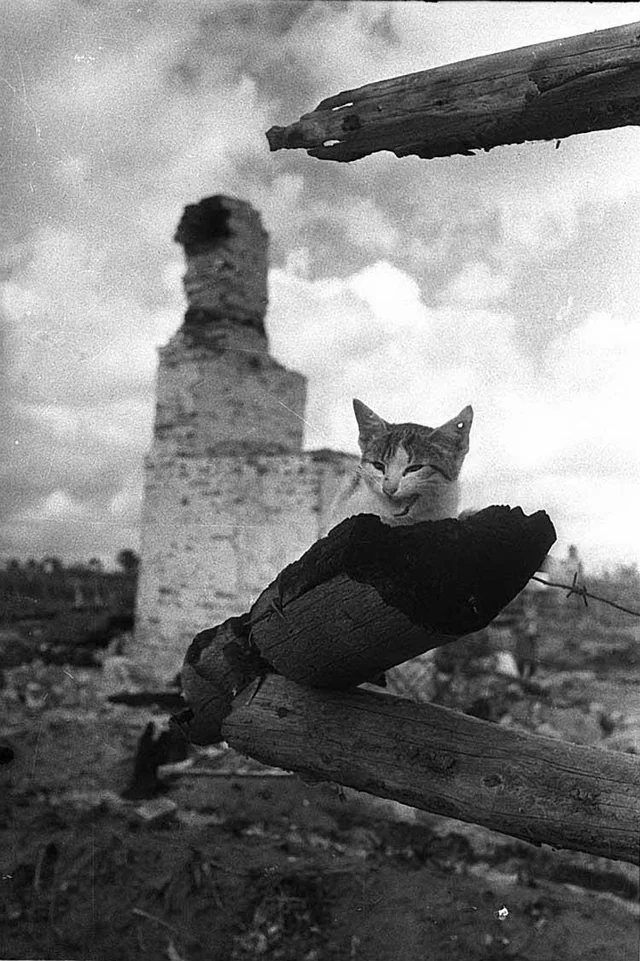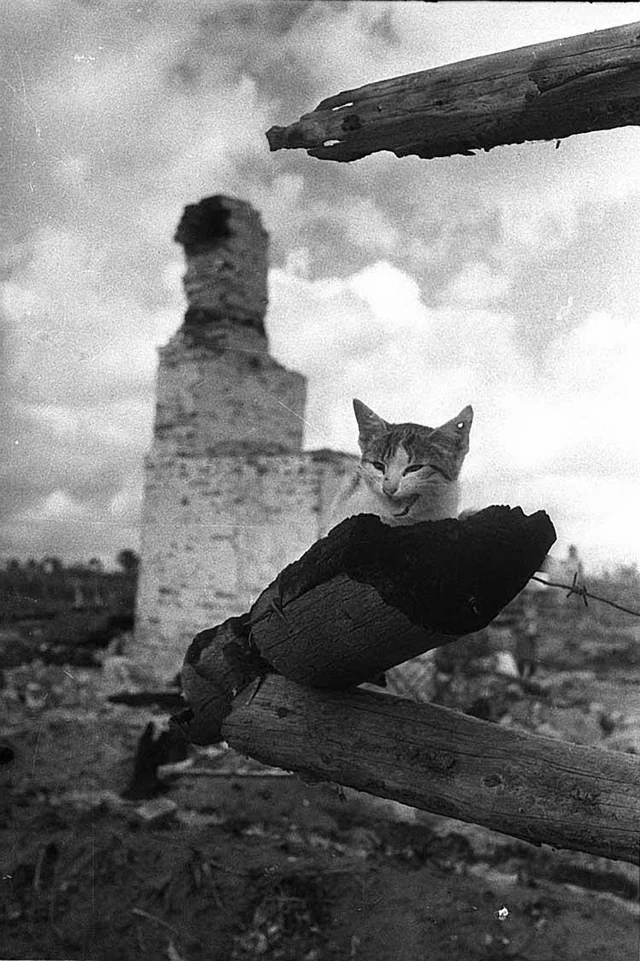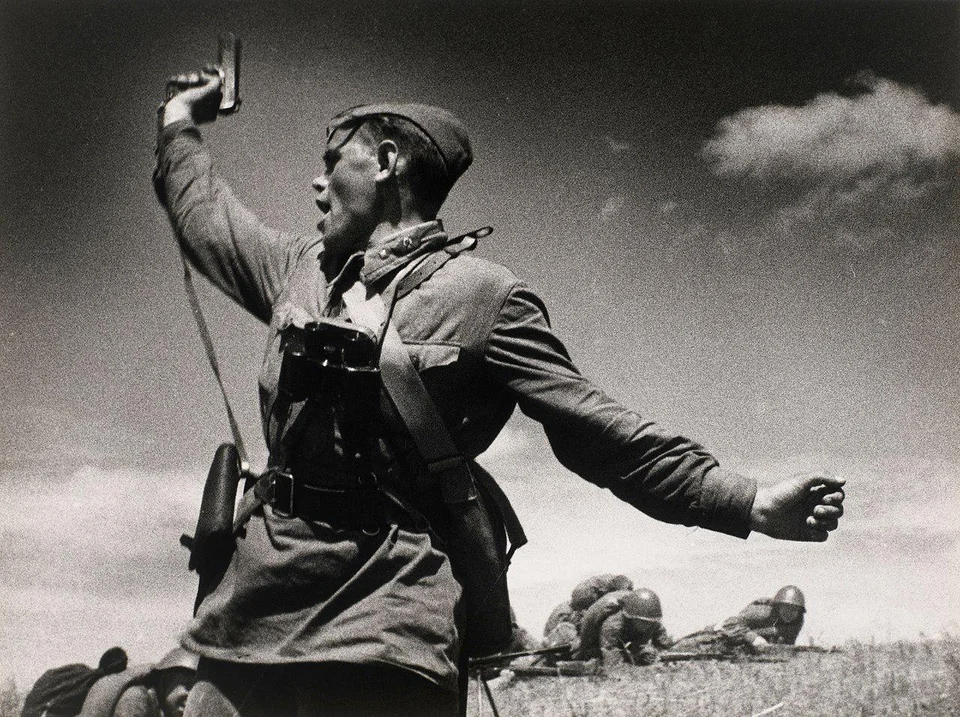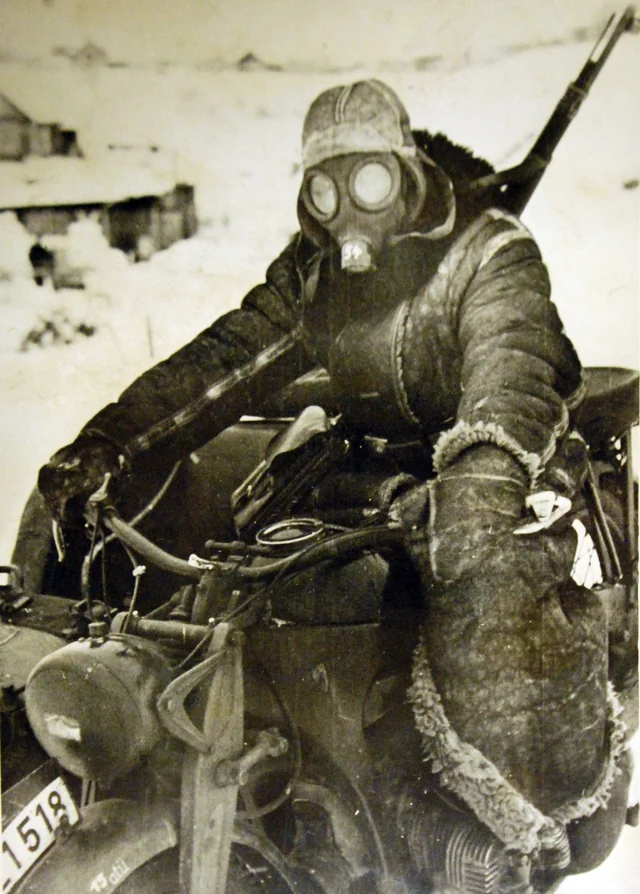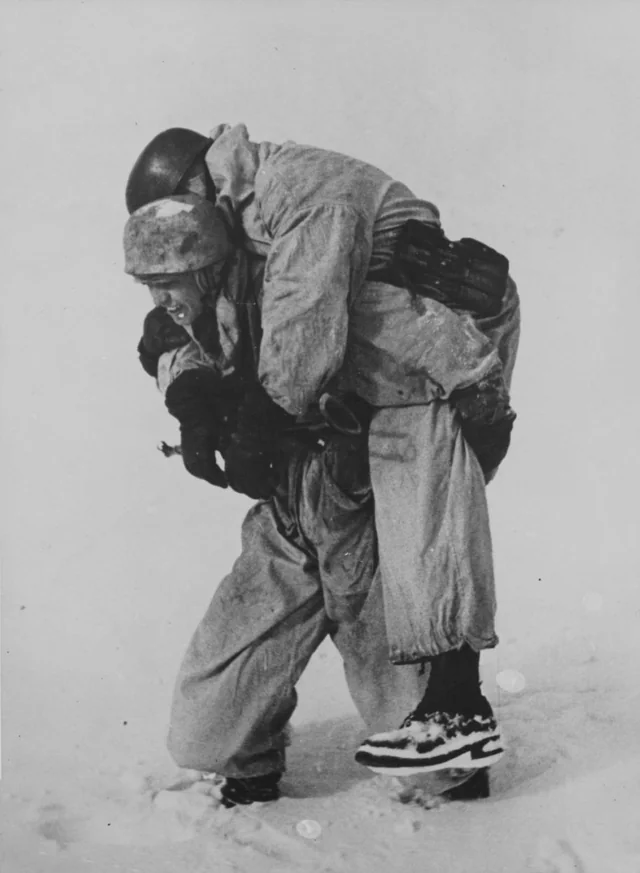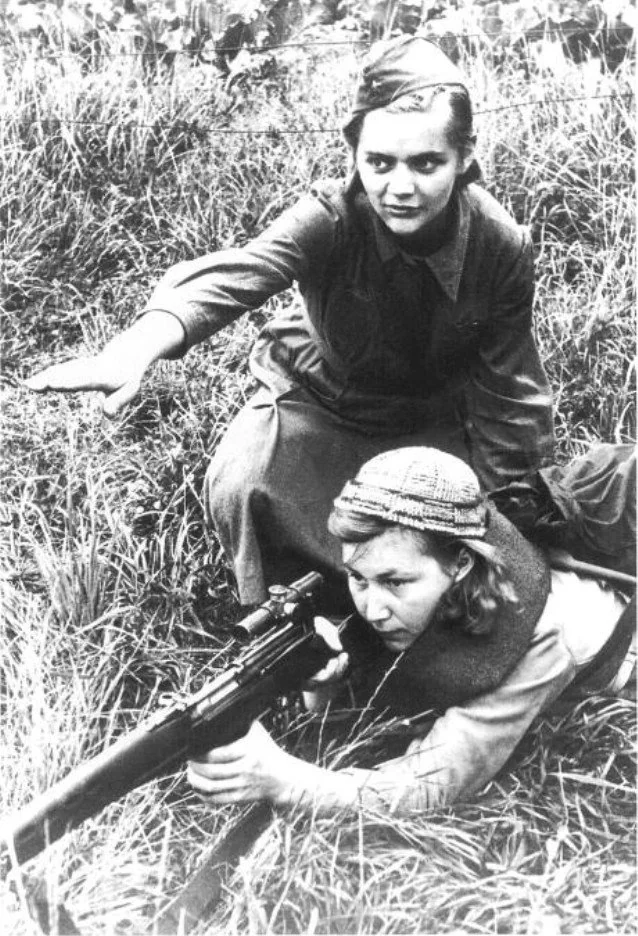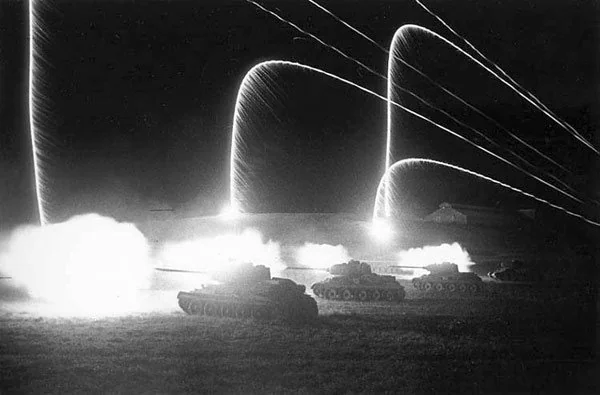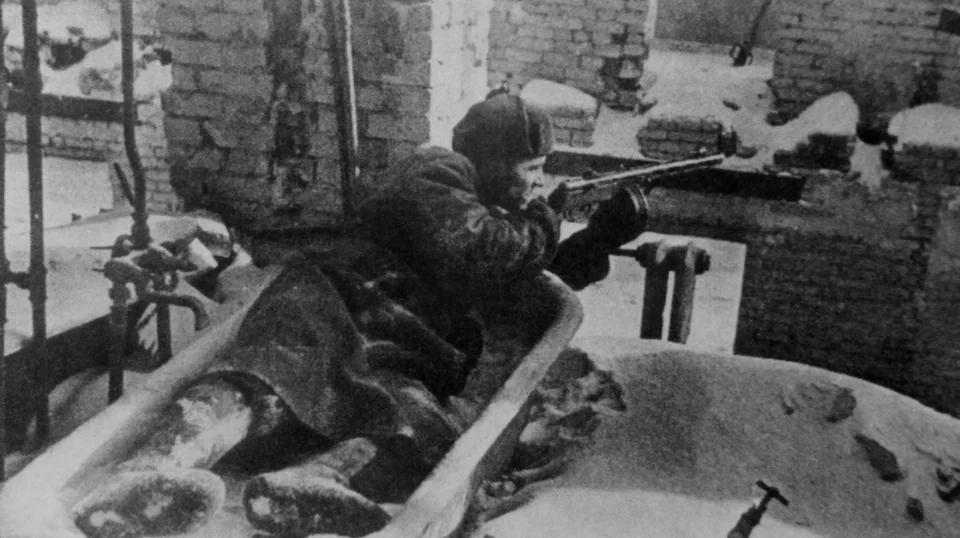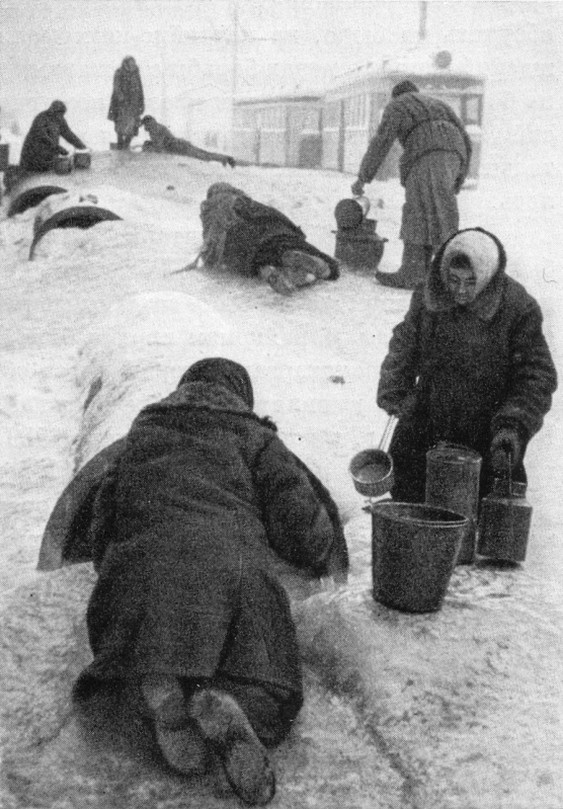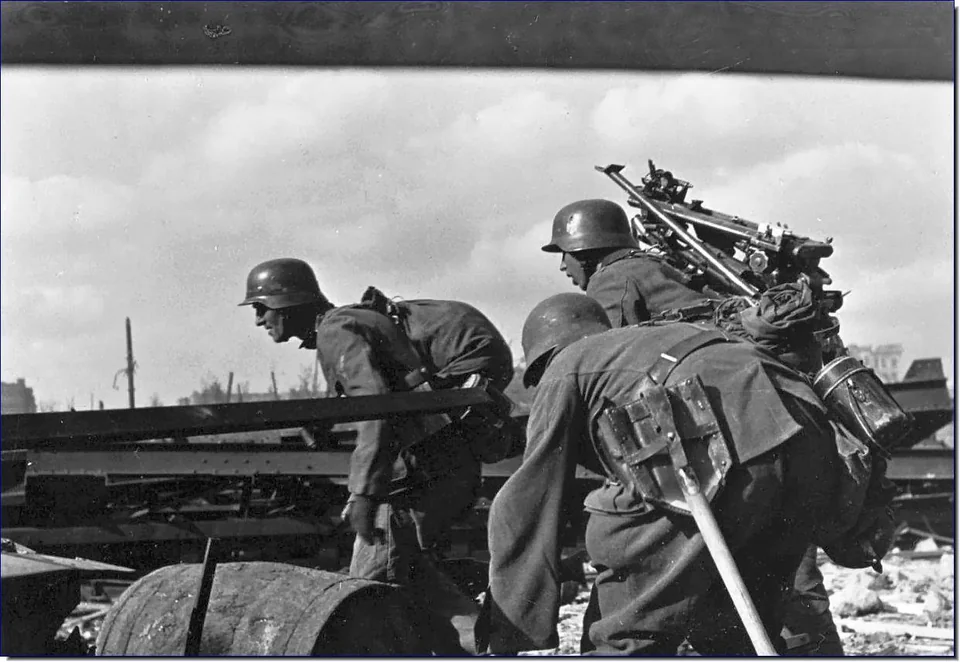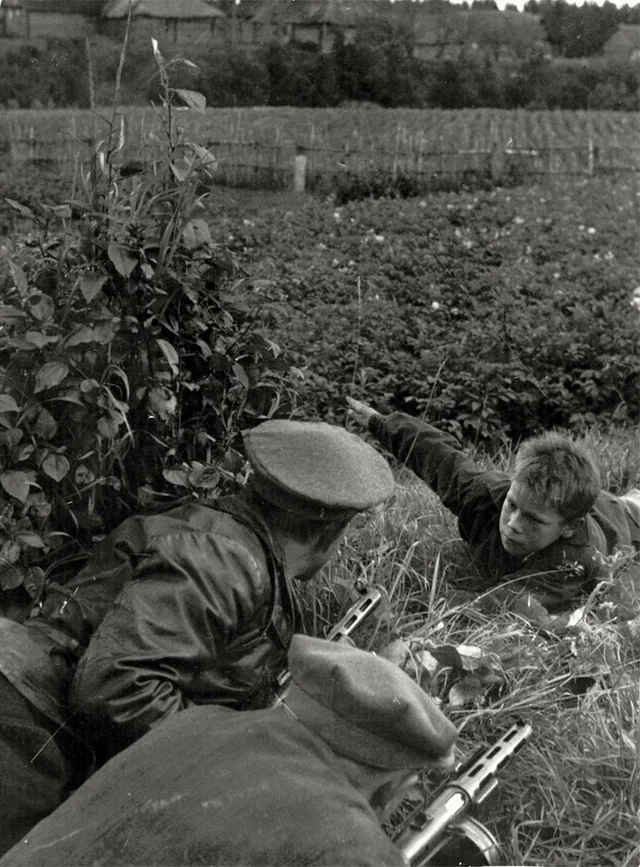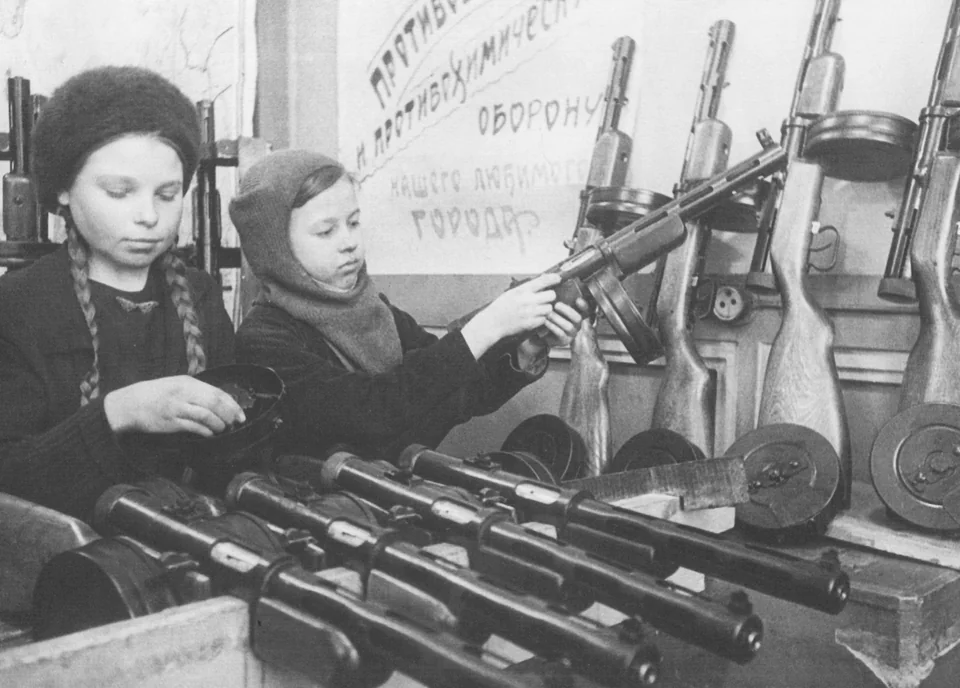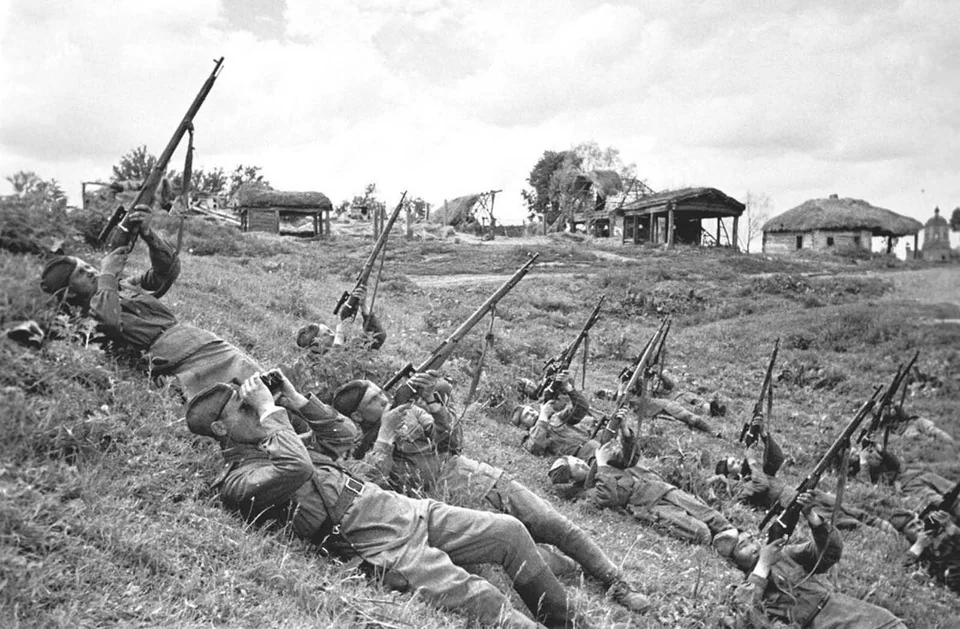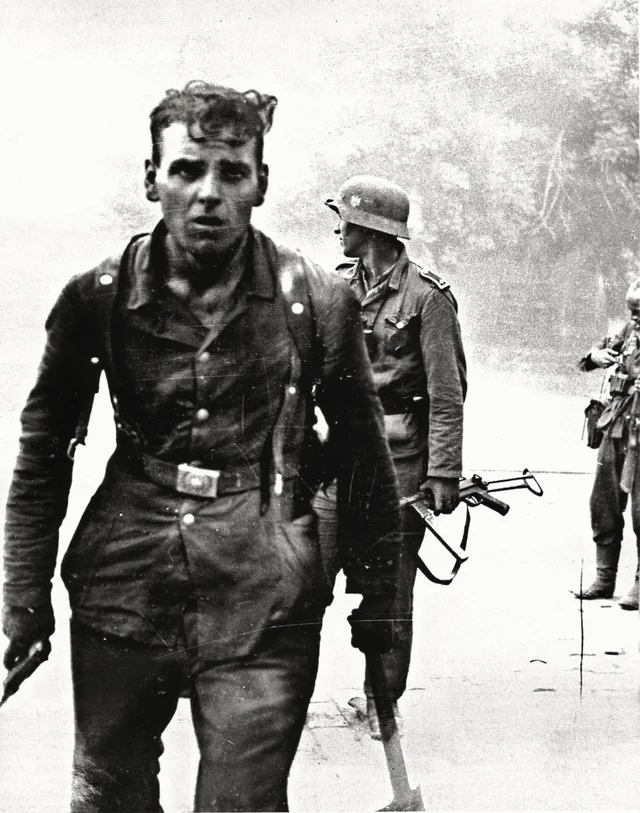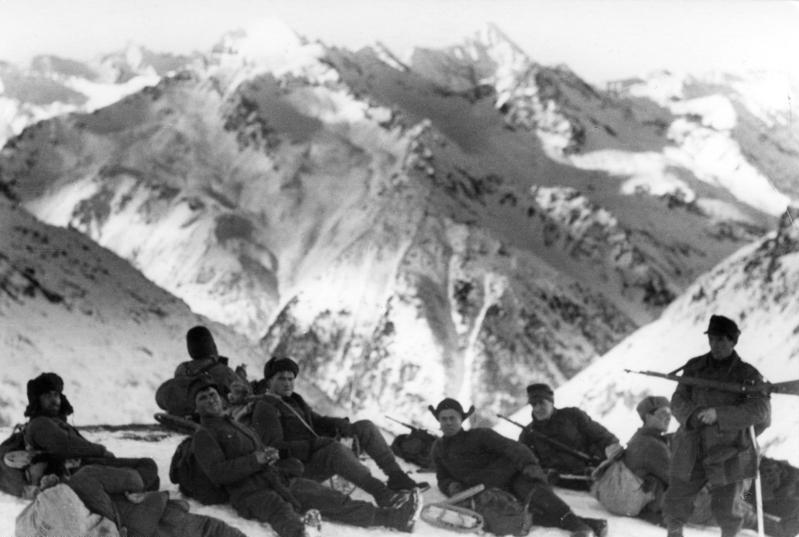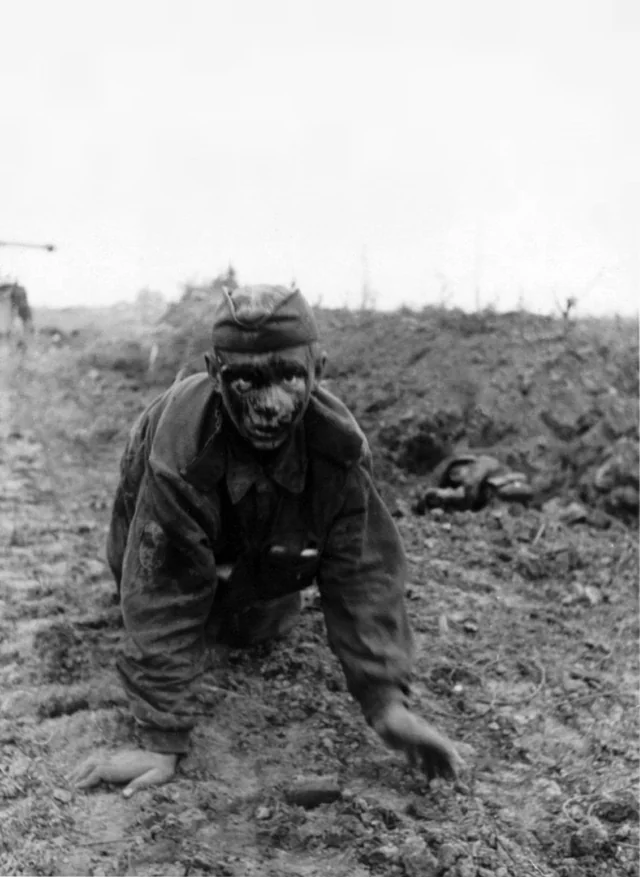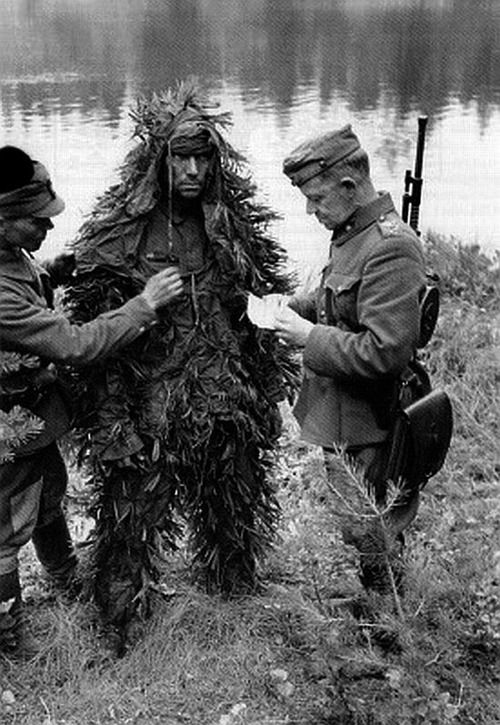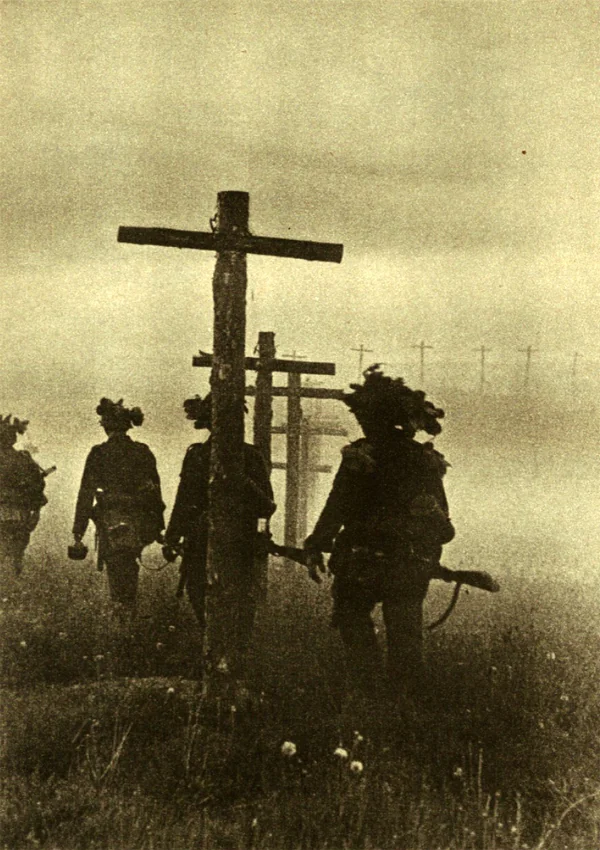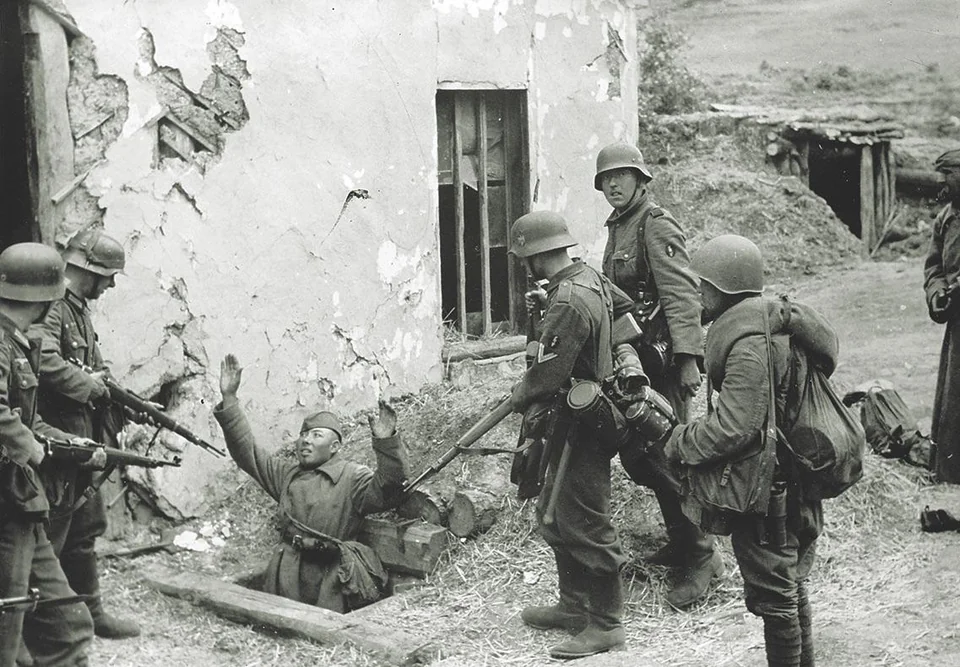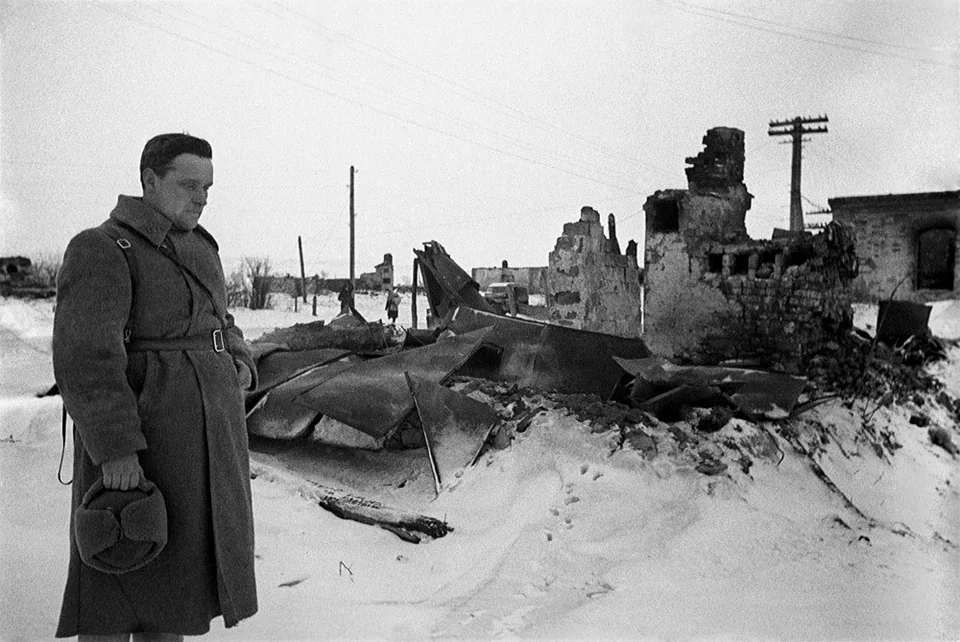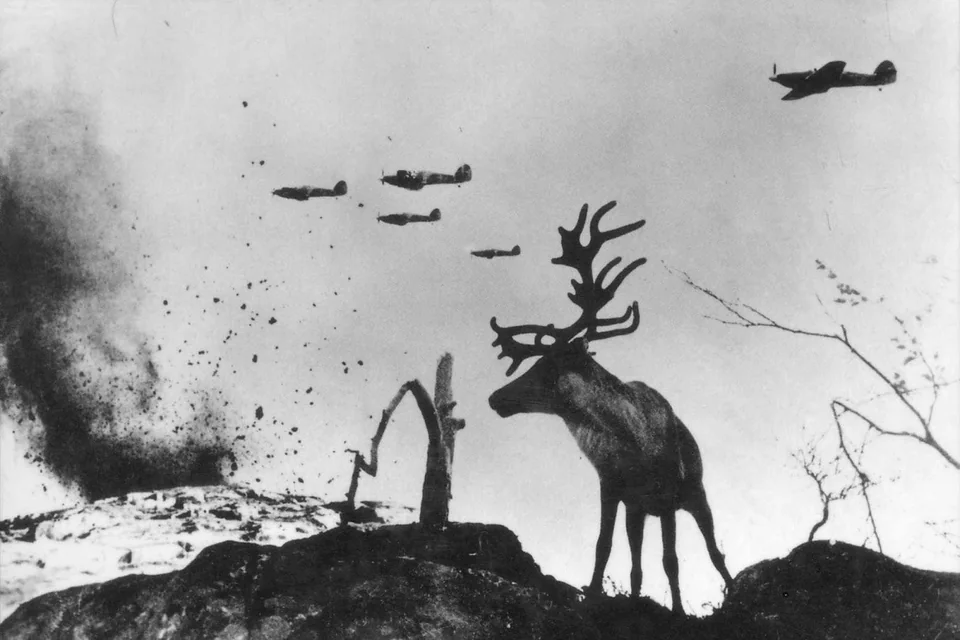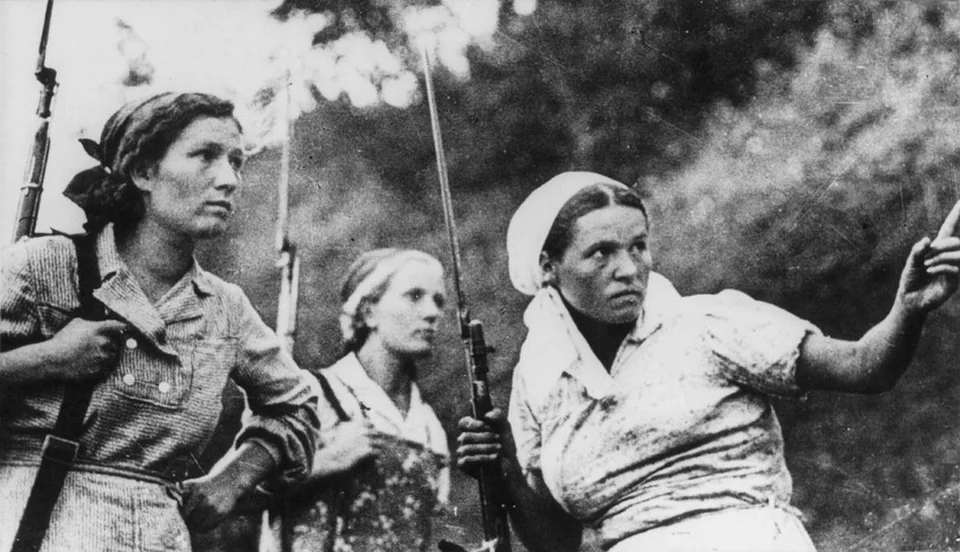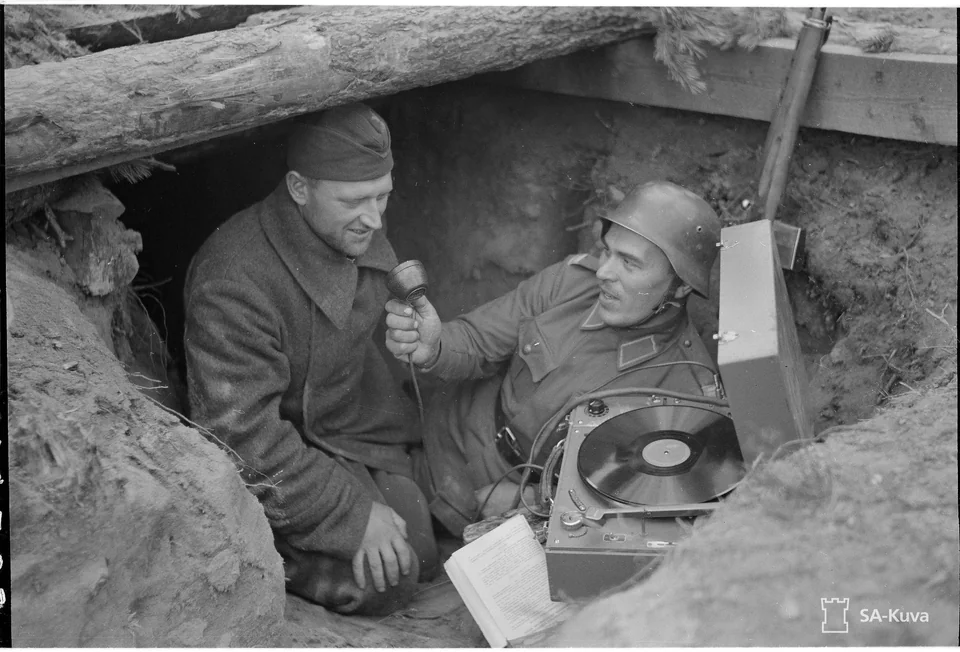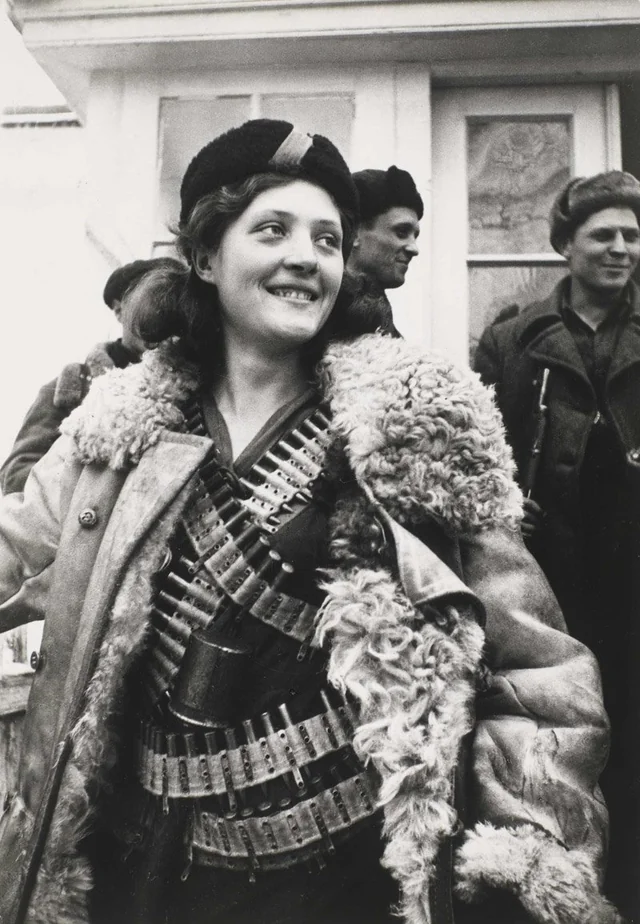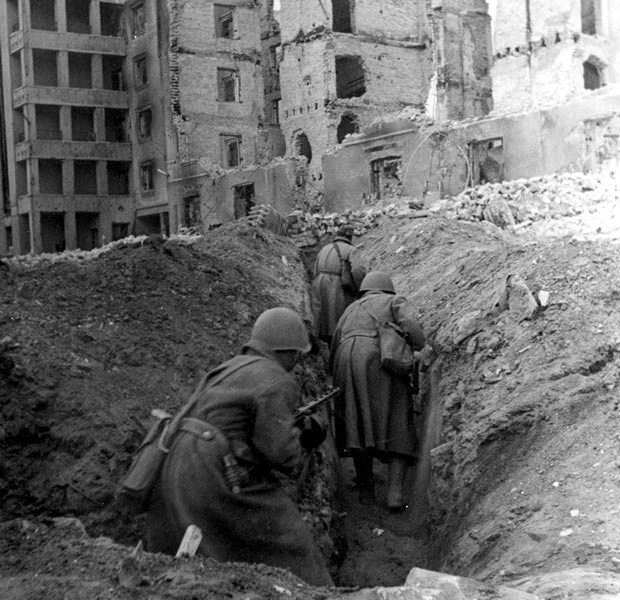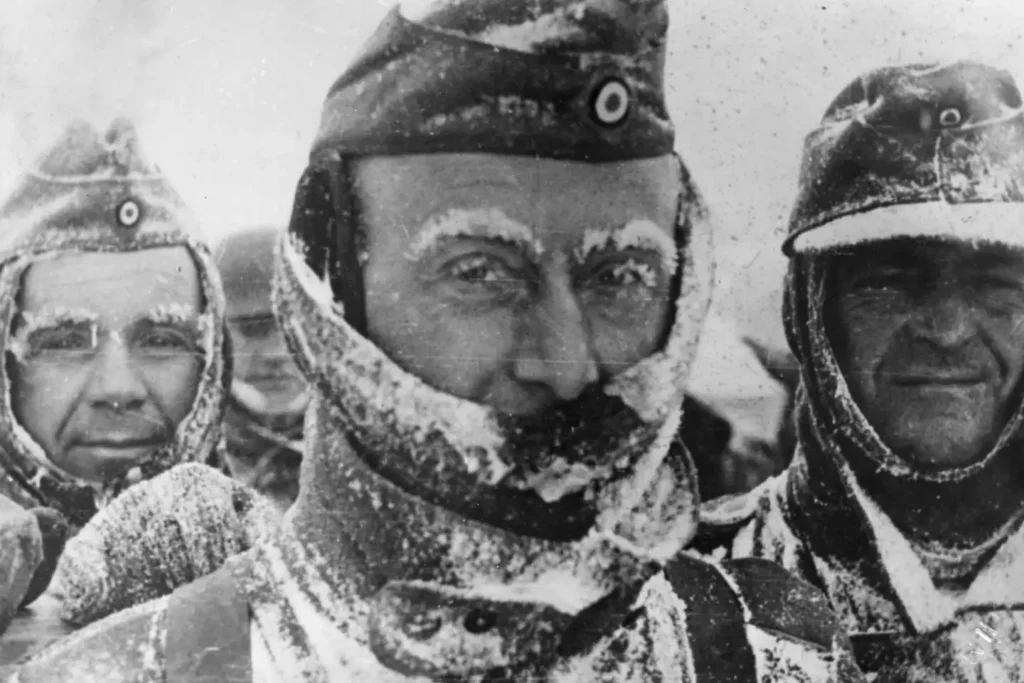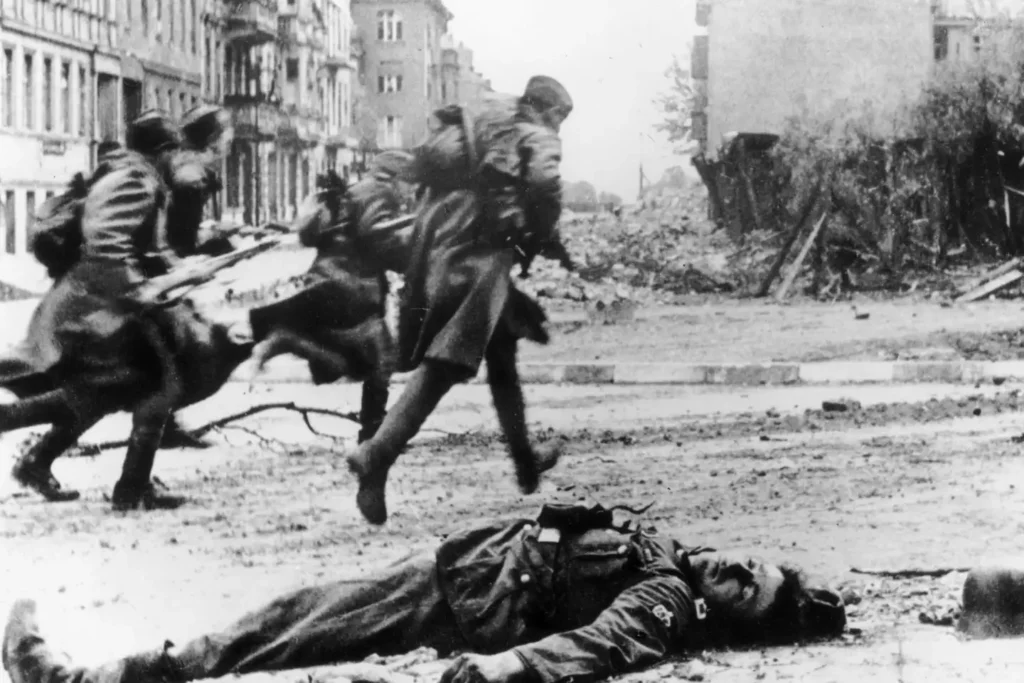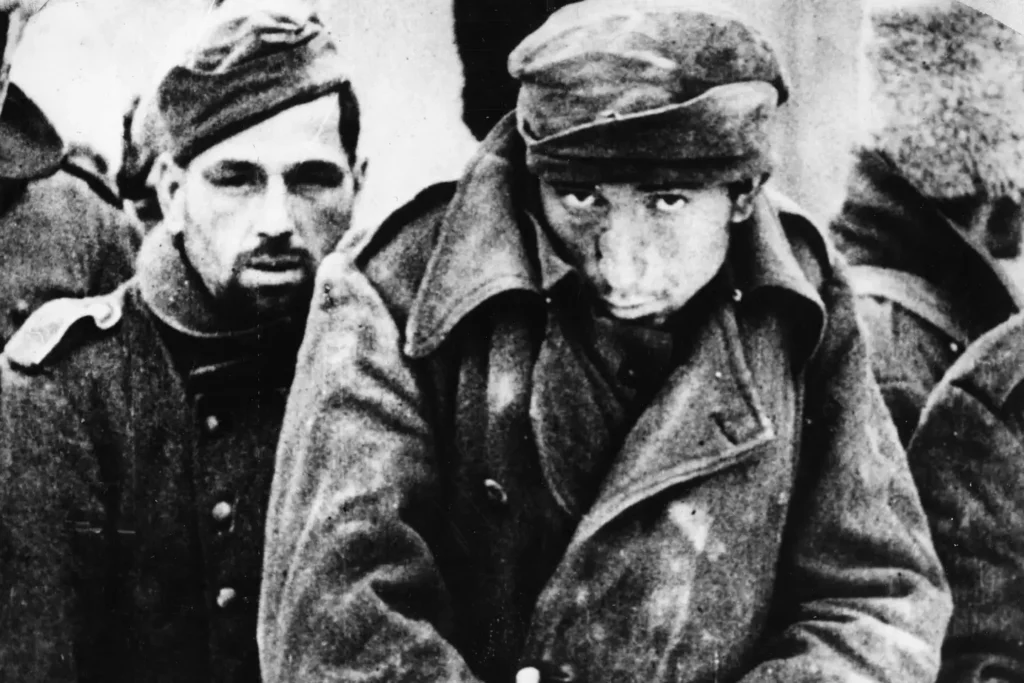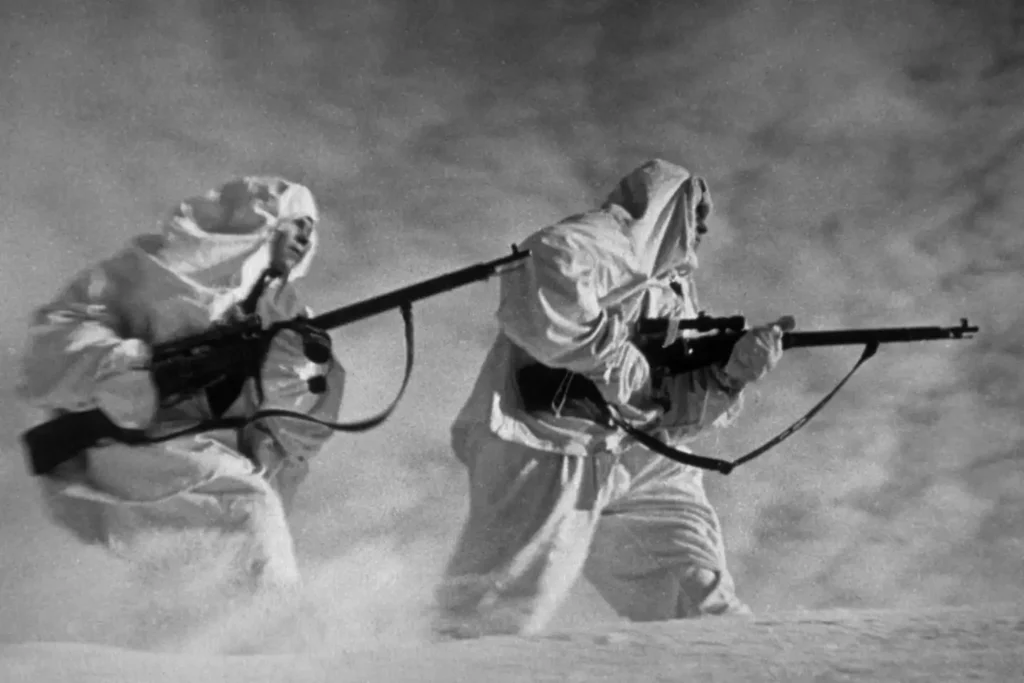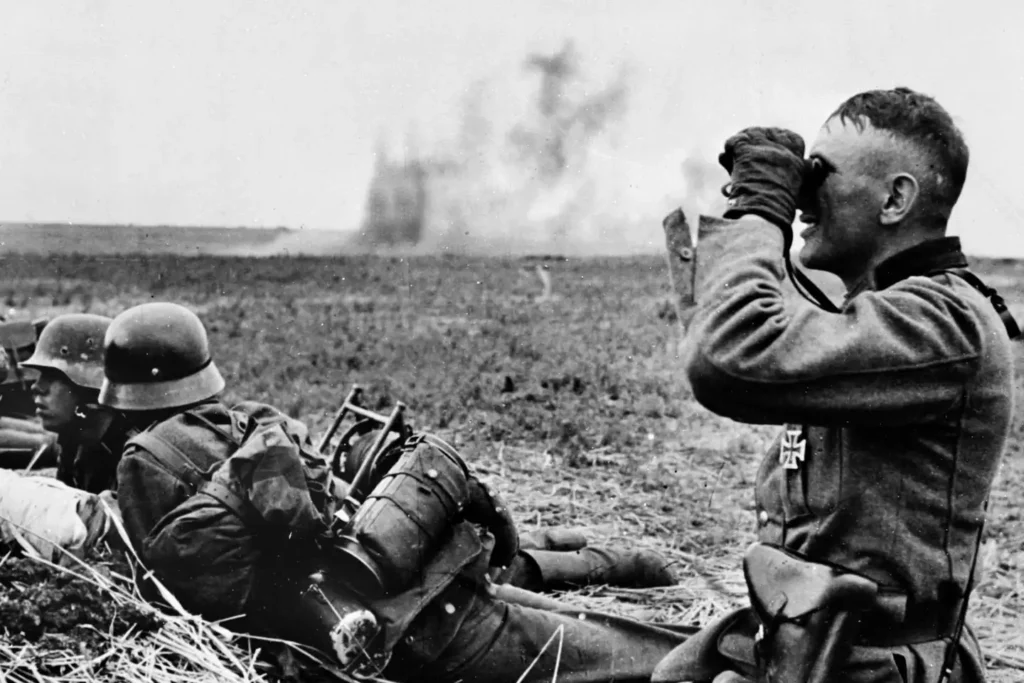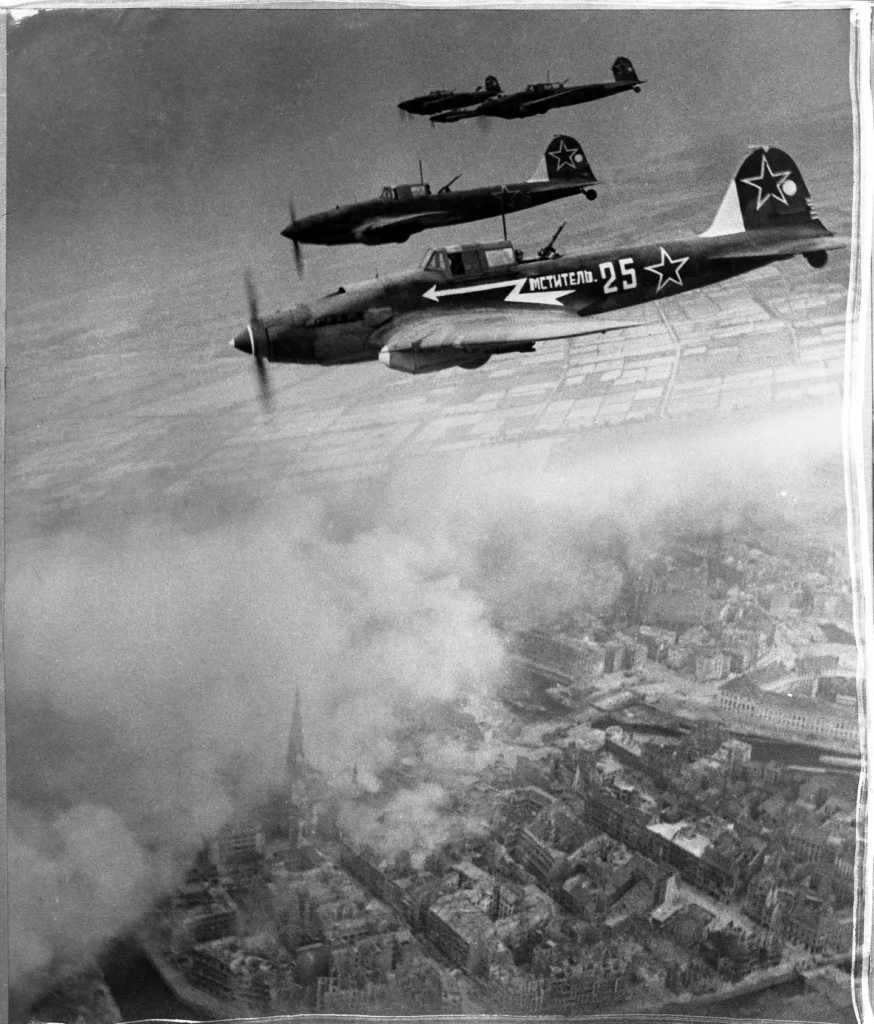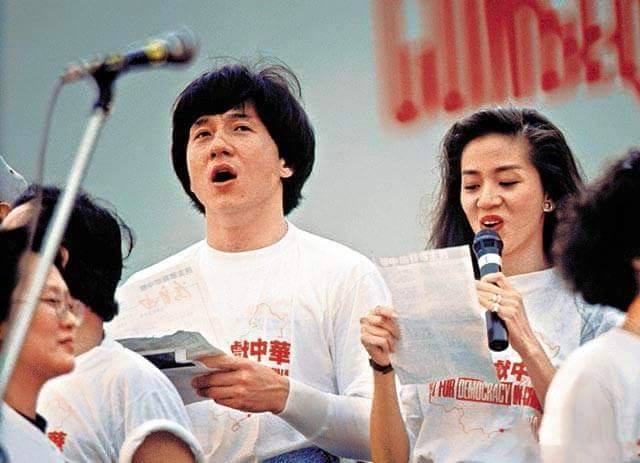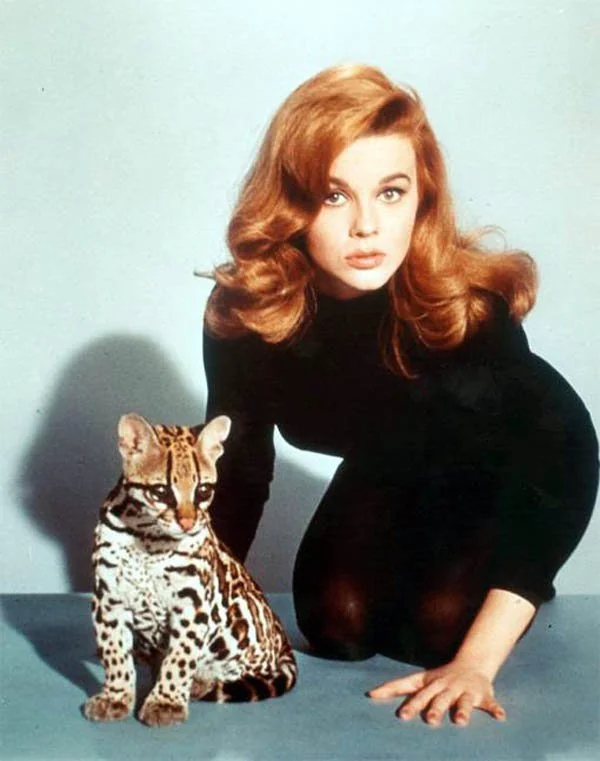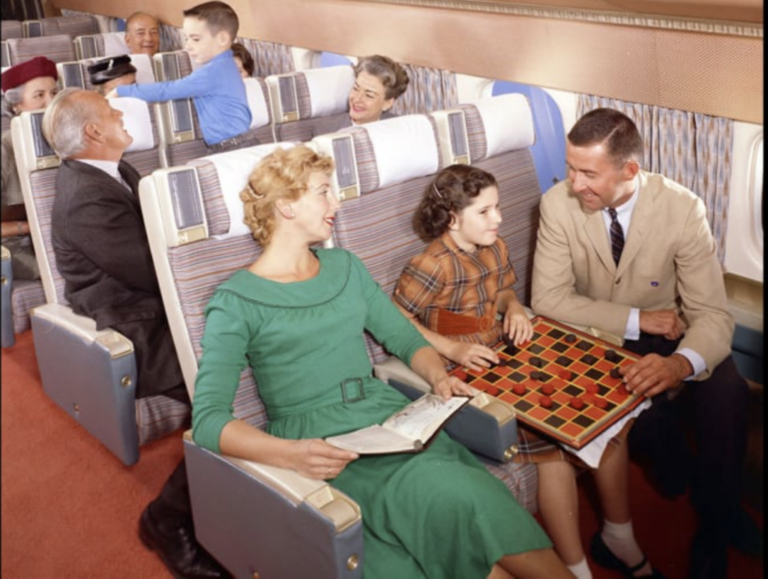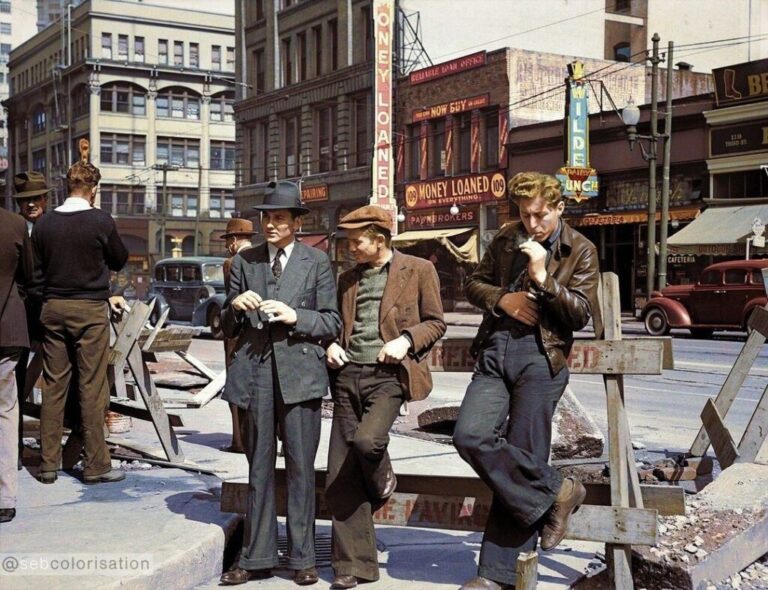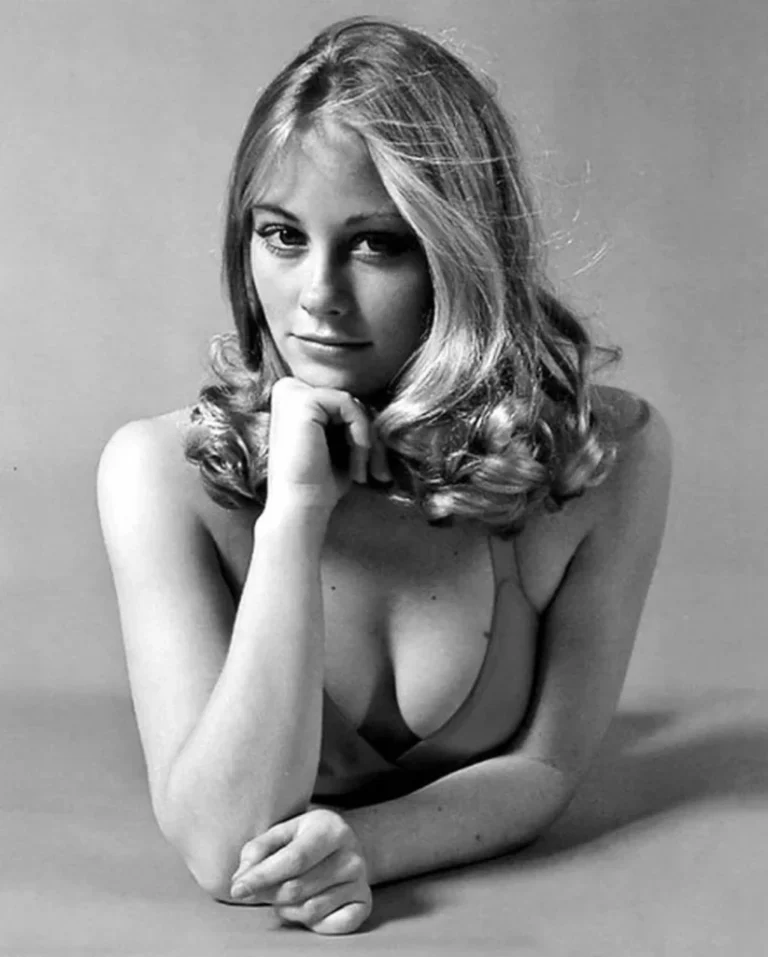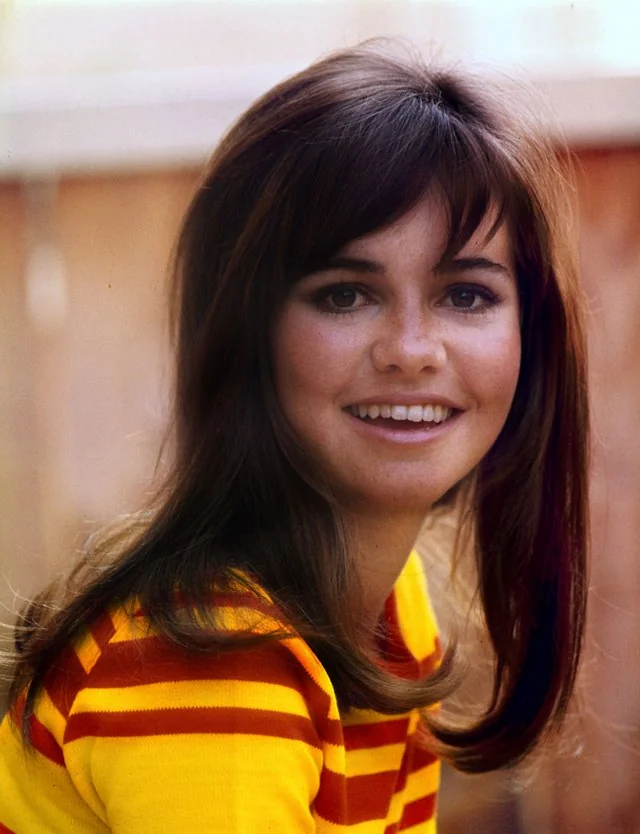Photos that Bring WW2’s Nightmarish Eastern Front to Life
The Historical Context of the Eastern Front
Overview of World War II’s Eastern Front
The Eastern Front was the largest and bloodiest battlefield of World War II, stretching from the Arctic Circle in the north to the Black Sea in the south. It was primarily marked by the conflict between Nazi Germany and the Soviet Union, with a vast array of nations and ethnic groups caught in the crossfire.
Key factors that defined this front included:
- Ideological Conflict: The clash of fascism and communism shaped the motives of both sides, leading to brutal tactics and an utter disregard for civilian life.
- Mass Mobilization: The Eastern Front saw unprecedented mobilization of troops, with millions fighting in some of the largest battles in history, such as the Battle of Stalingrad and the Siege of Leningrad.
- Severe Conditions: Soldiers faced not only the enemy but also harsh weather conditions, ranging from bitter cold winters to scorching summers, further compounding the suffering experienced by those involved.
Key Battles and Events: A Timeline
The Eastern Front was marked by several pivotal battles that changed the course of the war. Some key events include:
- Operation Barbarossa (June 1941): The Nazi invasion of the Soviet Union, which initially achieved significant territorial gains but ultimately faltered.
- Battle of Stalingrad (August 1942 – February 1943): A turning point in the war, where the Soviet Red Army encircled and defeated German forces, marking the beginning of a Soviet offensive.
- Siege of Leningrad (September 1941 – January 1944): One of the longest sieges in history, resulting in immense civilian suffering and loss of life.
- Battle of Kursk (July – August 1943): The largest tank battle in history, which resulted in a decisive Soviet victory and further weakened German forces.
These battles serve as reminders of the immense sacrifices made and the horrific realities of war.
The Role of Photography During the War
Early War Photography: Capturing the Reality
During World War II, photography evolved into a vital tool for documenting the realities of warfare. Early war photographers used large, cumbersome cameras that required careful setup and significant skill. As the war progressed, advancements in technology allowed for faster and more mobile photography.
Key points regarding war photography include:
- Documenting the Unimaginable: Photographers risked their lives to capture the front lines, providing an unfiltered look at the devastation and chaos.
- Propaganda vs. Reality: While many images were used for propaganda, showcasing heroism and glory, others revealed the grim truth of combat and its consequences.
The Importance of Photojournalism in Documenting History
Photojournalism played a crucial role in shaping public perception of the war. As images began to circulate in newspapers and magazines, they provided a powerful narrative that influenced public sentiment.
Consider the following:
- A Tool for Awareness: Photographs brought the harsh realities of war into the homes of civilians, fostering a deeper understanding of the conflict’s impact.
- Emotional Resonance: The raw emotion captured in these images often struck a chord with viewers, making the distant conflict feel immediate and personal.
Iconic Photos from the Eastern Front
Life in the Trenches: Soldier Experiences
The experiences of soldiers on the Eastern Front were characterized by extreme hardship. Iconic images from the trenches reveal the harsh conditions they endured.
For example, consider the following aspects:
- Everyday Life in Battle: Photos depict soldiers engaging in mundane tasks amidst the chaos, highlighting their resilience.
- The Toll of War: Many images showcase the physical and emotional toll of prolonged combat, with weary faces reflecting the brutal reality of their experiences.
“In war, there are no unwounded soldiers.” – José Narosky
Civilians in the Crossfire: The Human Cost
The impact of the Eastern Front extended beyond the battlefield, as civilians found themselves caught in the crossfire. Heart-wrenching photographs depict the devastation and suffering faced by non-combatants.
- Displacement and Loss: Many civilians were forced to flee their homes, becoming refugees in their own land.
- Survivor Stories: Photos capturing the aftermath of bombings and massacres tell stories of resilience and survival amid tragedy.
Aftermath of Battles: Destruction and Resilience
The aftermath of battles on the Eastern Front left a scarred landscape and shattered communities. Iconic images of destruction reveal the extent of the devastation.
- Cities in Ruins: Photographs document the remnants of cities, showcasing the destructive power of warfare.
- Rebuilding and Hope: Despite the destruction, some images highlight the efforts of communities to rebuild, reflecting the human spirit’s resilience.
As we explore the photos that bring the nightmarish realities of the Eastern Front to life, we gain insight into a chapter of history marked by profound suffering and resilience. The stories behind these images serve as powerful reminders of the costs of war, urging us to remember and reflect on the lessons learned.
References
- Link to a relevant article or source 1
- Link to a relevant article or source 2
- Link to a relevant article or source 3
- Link to a relevant article or source 4
If you enjoyed these photos, check out our color photo series on World War Two.
